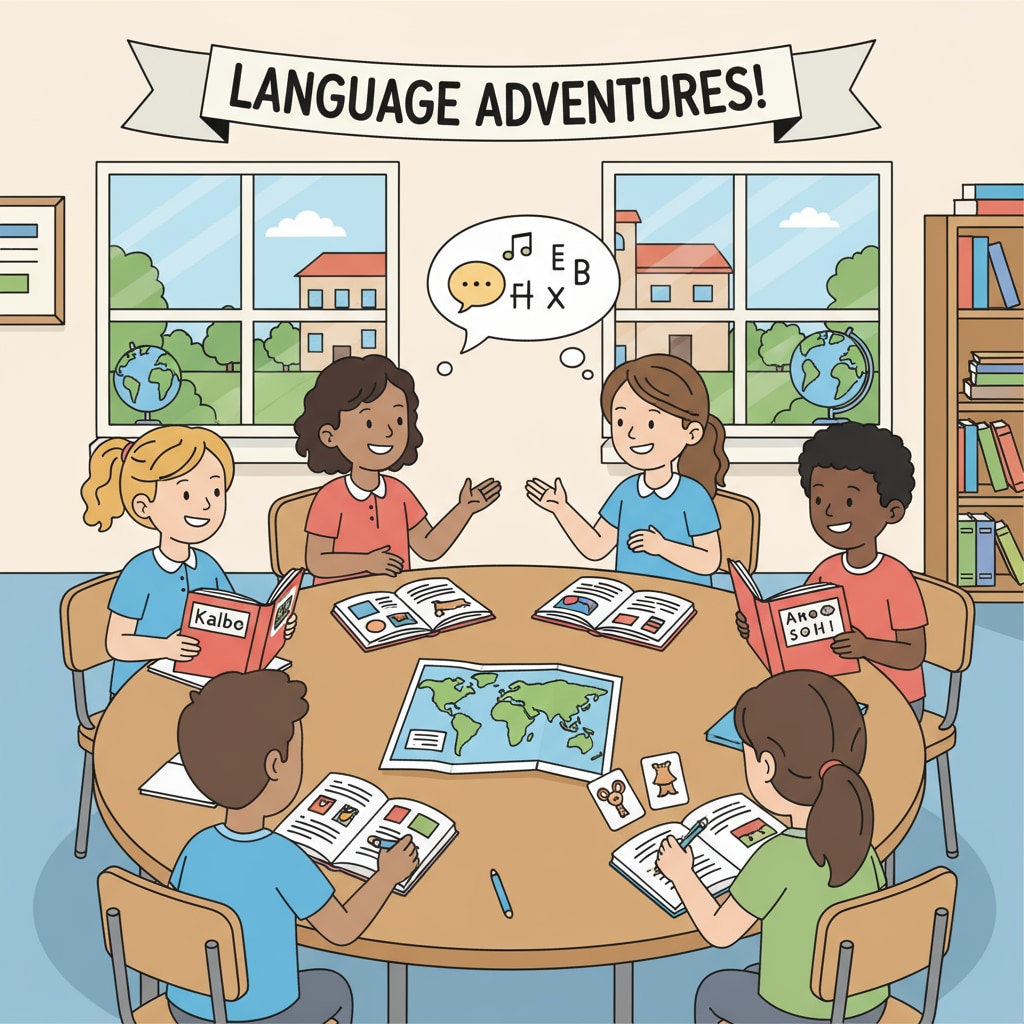In the realm of language and cognitive development, the concepts of “知” in Chinese and “understand” in English, along with language differences and the pursuit of wisdom, play crucial roles. Language is not just a means of communication; it is intricately linked to how we perceive and understand the world. By examining the nuances between “知” and “understand”, we can gain valuable insights into different cultural mindsets and how they shape the learning process, especially for K12 students.

The Linguistic Nuances of “知” and “Understand”
The Chinese character “知” has a broad range of meanings. It can simply mean “to know” in the sense of having information or being aware of something. For example, “我知道这个事实” (Wǒ zhīdào zhège shìshí) – “I know this fact”. However, it can also imply a more superficial level of acquaintance. On the other hand, “understand” in English conveys a deeper level of comprehension. It implies grasping the meaning, significance, and relationships within a concept. As per Lexical semantics on Wikipedia, the semantic fields of these two terms show distinct differences.
Impact on K12 Learning
These language differences have a profound impact on K12 students’ learning. In Chinese – speaking educational settings, the emphasis on “知” might lead students to focus more on rote memorization and gathering information. In contrast, English – speaking educational systems that stress “understand” encourage students to analyze, interpret, and make connections. This difference can be seen in classroom interactions and assessment methods. For instance, Chinese students may be more likely to recite facts, while English – speaking students are often required to explain concepts in their own words. According to Education system on Britannica, different educational cultures are shaped by these language – based cognitive preferences.

To bridge these differences and enhance students’ cognitive development, educators need to design teaching strategies that incorporate both aspects. By integrating the strengths of both language – related cognitive approaches, students can move beyond simple knowledge acquisition.
The Path to Wisdom
The journey from knowledge to wisdom involves multiple steps. First, students need to acquire knowledge, which is the “知” or basic understanding stage. Then, they must progress to a deeper level of “understand”, where they can truly make sense of what they have learned. Finally, through reflection and application, they can reach the stage of wisdom. Wisdom is not just about having knowledge; it’s about using it in a discerning and beneficial way.
Readability guidance: In this article, we have explored the differences between “知” and “understand”, their impact on K12 learning, and the path to wisdom. By understanding these language – cultural aspects, educators can better guide students’ cognitive development. Using a clear structure with short paragraphs and lists, we have presented key points for easy comprehension. Transition words like “however”, “on the other hand”, and “for instance” have been used to enhance the flow of the text.


